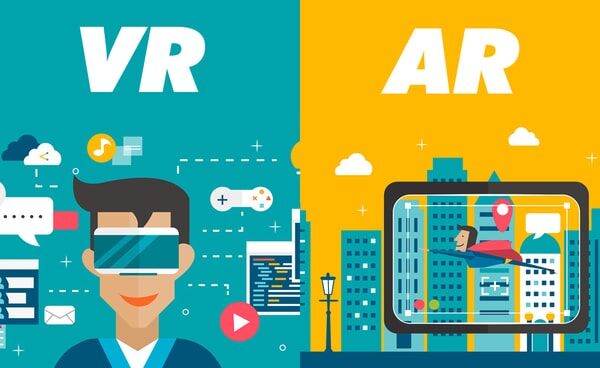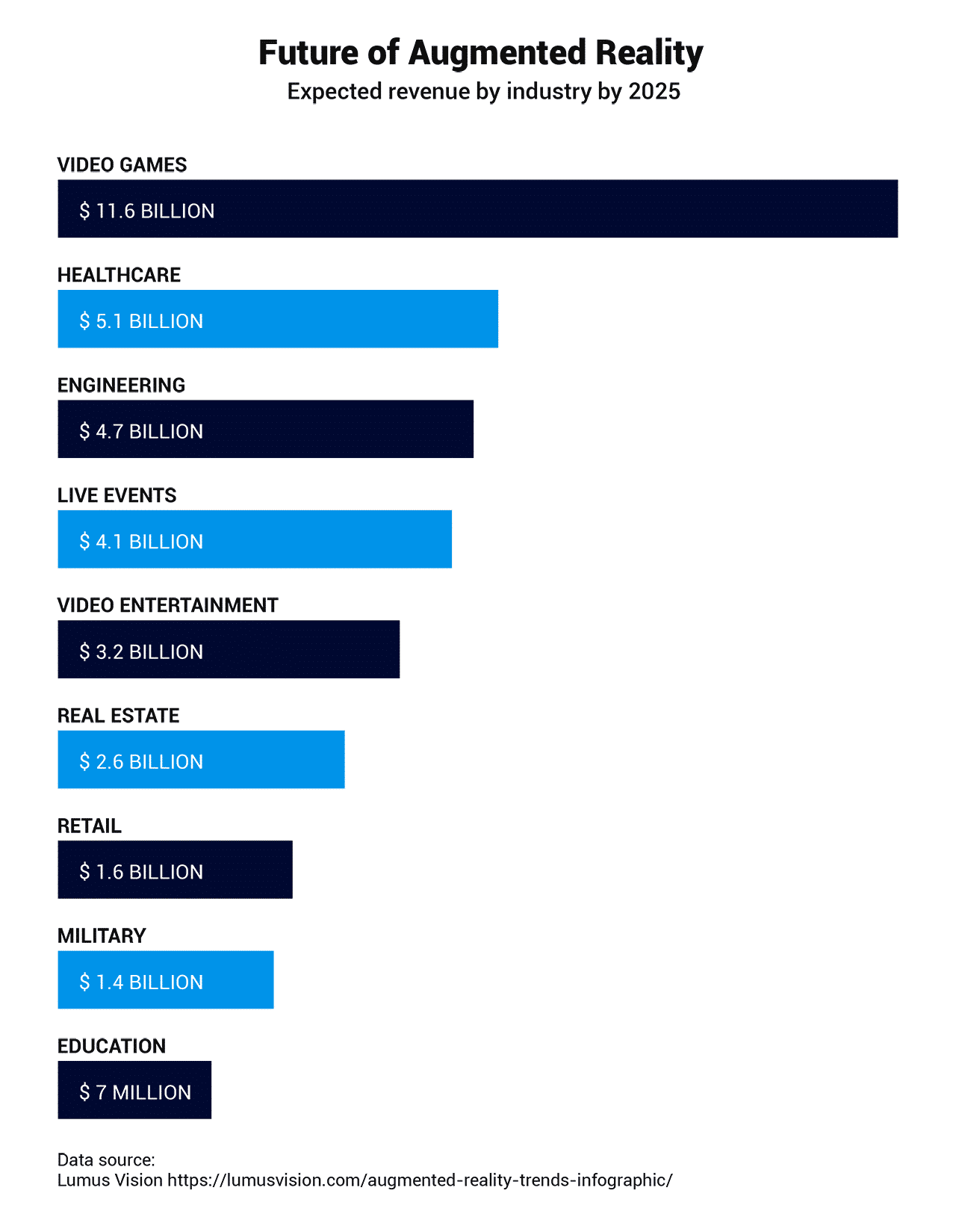Evolution of Augmented Reality in the Past, Present, and Future
Augmented Reality is a cutting-edge technology that allows users to interact with the digital world using real-world objects. It provides a direct or indirect view of the physical environment, enhanced by computer-generated sensory inputs like graphics, sound, video, or GPS data.
AR enhances the real world with digital technologies such as videos and 3D models.
In this blog, we will delve into the history of Augmented Reality, its current impact on the world, and what the future holds.
Evolution of Augmented Reality in the Past
- In 1968, computer scientist Ivan Sutherland and his student Bob Sprowle created ‘The Sword of Damocles,’ the first head-mounted display, marking the early stages of AR technology.
- In 1974, Myron Krueger developed ‘VideoPlace,’ integrating video cameras and projection systems for interactive user environments.
- In 1990, the term “Augmented Reality” was officially used by Boeing researcher Tom Cadell.
- In 1992, Louis Rosenberg created the first operational AR system, ‘Virtual Fixtures,’ for the USAF Armstrong Research Lab.
- In 1994, the first theatrical production using AR, ‘Dancing in Cyberspace,’ was showcased.
- In 1999, NASA incorporated AR technology into their X-38 space craft for navigation assistance.
- In 2000, Hirokazu Kato developed ‘ARToolKit’ for capturing real-world actions and integrating virtual objects.
- In 2003, the NFL used Skycom for aerial views and virtual down markers.
- In 2009, Esquire Magazine utilized AR in their print media with Robert Downey Junior.
- In 2013, Volkswagen introduced AR in their car manual using the MARTA application.
- In 2014, Google launched Google Glass with AR capabilities.
- In 2016, the mobile game ‘Pokemon Go’ popularized AR to millions of users worldwide.
Evolution of Augmented Reality in the Present
Today, AR is a forefront technology, revolutionizing various industries and everyday experiences.
- At music concerts, AR can provide real-time information on upcoming shows and announcements.
- AR glasses can display information on medicine prescription labels for easy understanding.
- AR enhances sports viewing by providing insights and statistics on players and coaches.
- AR allows virtual try-ons for clothes shopping, ensuring the perfect fit and style.
AR offers social benefits like promoting physical activity, aiding in law enforcement, and addressing mental health issues.
Evolution of Augmented Reality in the Future
AR and VR are poised to transform industries and customer engagement, with ongoing advancements in wearable AR devices.
Industries like e-commerce, digital marketing, education, and geolocation will see increased AR integration for enhanced user experiences.
Augmented Reality holds immense potential for the future, promising innovative solutions across various sectors.
Key Industries for Future AR Activity
- AR in E-Commerce: Integrating AR into online shopping for virtual try-ons and enhanced user experiences.
- AR in Digital Marketing: Enhancing customer engagement through AR applications in various marketing channels.
- Educational Resources: Using AR for immersive learning experiences in fields like healthcare and military training.
- AR in Geolocation: Providing real-time information and personalized recommendations through AR-powered mobile devices.
Augmented Reality continues to evolve rapidly, offering endless possibilities for industries and consumers alike. Its integration with mobile technology opens up new avenues for engaging experiences.
If you are considering developing an AR-based app for your business, contact us to explore the possibilities.
With extensive experience in web and mobile app development, USM Business Systems can help you create an application to drive your business growth.





